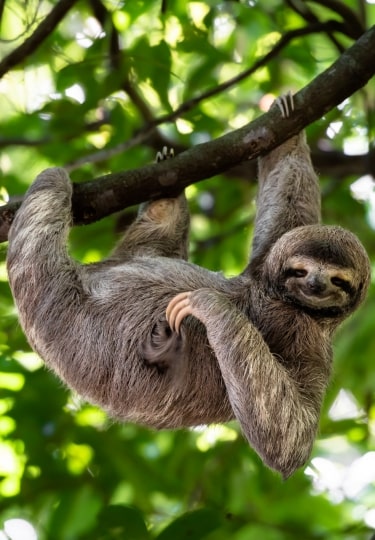Tropical, mountainous Costa Rica is known for many things. Dazzling biodiversity in its treasure trove of animals, birds, fish, and plant species, for one; this is where you’ll see glossy toucans perched in the trees and graceful macaws, scarlet against the bottle green of the rainforest.
Eco-adventures—hiking, white water rafting, river tubing, snorkeling—are another reason to visit. Then there are long, glorious beaches, cloud forests draped in ethereal mist, smoldering volcanoes, and high-altitude coffee plantations.
Above all, Costa Rica is known for its welcoming, happy people, “Ticos”, who appreciate the bounty among which they live and work hard to conserve it.
Here are some of the things Costa Rica is known for.
Macaws

Macaws
Costa Rica is famed for its birds, especially its colorful macaws. Scarlet macaws, a blaze of bright red, blue, and yellow feathers, and the critically endangered green macaws are among the prettiest birds in Costa Rica’s rainforests. Look out for them soaring above the forest canopy in brilliant flashes of color.
At NATUWA Conservation Sanctuary, a wildlife refuge in the province of Puntarenas, you can get close to these sometimes difficult-to-spot birds and to monkeys, tapirs, and jaguars as you follow a guide along a nature trail.

Macaws
The conservation group restores the birds’ natural habitat by planting trees, as well as building nests, and rehabilitating orphaned chicks. The sanctuary has a policy of releasing birds into the wild wherever possible.
Monteverde Cloud Forest Reserve
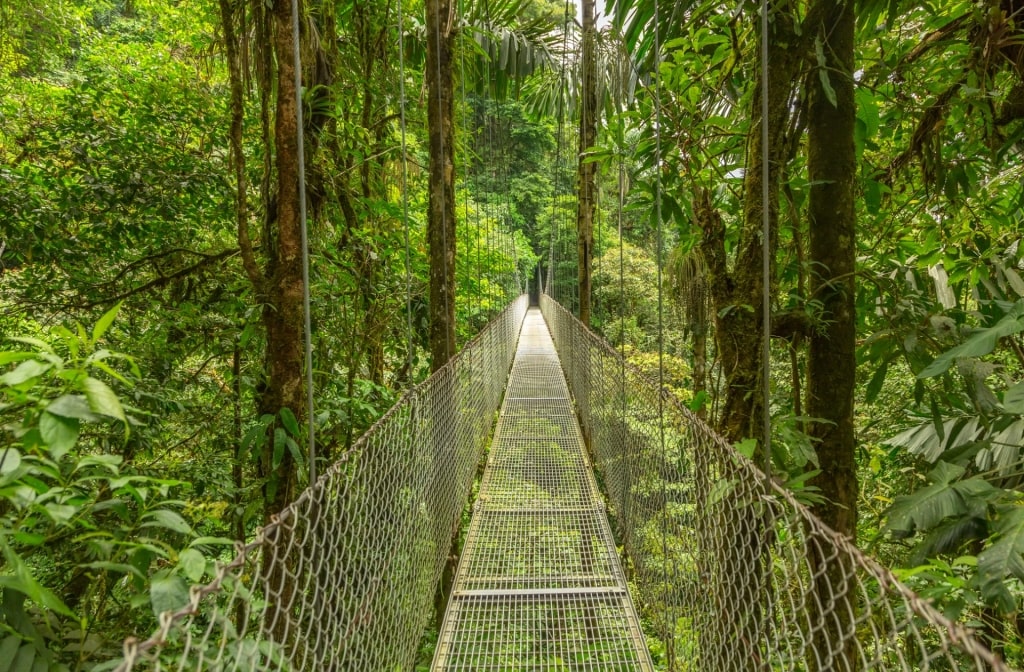
Monteverde Cloud Forest Reserve
In a country known for its many rainforests, Monteverde Cloud Forest Reserve is perhaps one of the best places to experience Costa Rica’s nature. Enveloped by clouds, the reserve exudes a dreamlike aura.
Its 35,000 acres shelter more than 100 species of mammal, and 400 species of bird, including the resplendent quetzal, a collage of blue-green, gold, and red feathers.
Look for the quetzal and rarely-seen jaguars, ocelots, and other animals as you wind past mist-shrouded orchids, oak, bamboo, and heliconia trees. In Monteverde, complement the natural wonders with man-made thrills.
Get a spectacular bird’s eye view of the rainforest by gliding through the treetops on a zipline and by traversing the Sky Walk, a series of bridges suspended in the tree canopy that sway as you cross.
Carara National Park
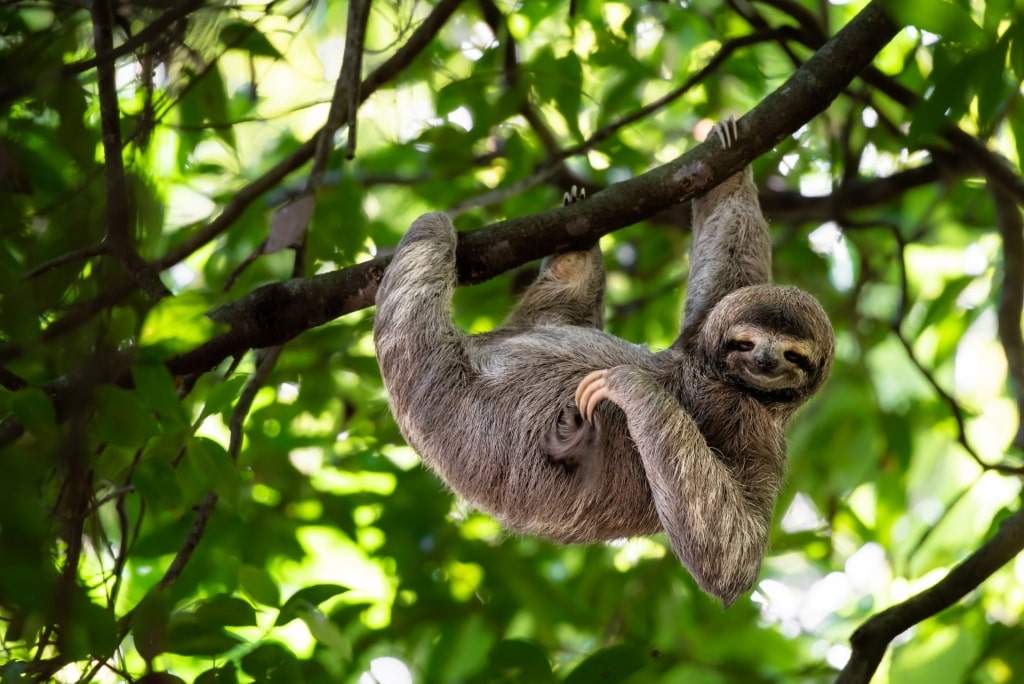
Sloth in Carara National Park
Enter Carara National Park, some 47 miles from the capital, San Jose, and walk one-and-a-quarter miles to the bridge over the Tarcoles River to discover the gnarly snouts and bumpy backs of American crocodiles sunning on the banks.
This, like all the national parks in Costa Rica, is a wonderful place to immerse yourself in wildlife and train your eyes to spot even the most elusive creatures.

Toucan
Further along the leafy trails from the bridge, you’ll have a good chance of finding scarlet macaws, toucans, howler monkeys, and even sloths.
Coffee
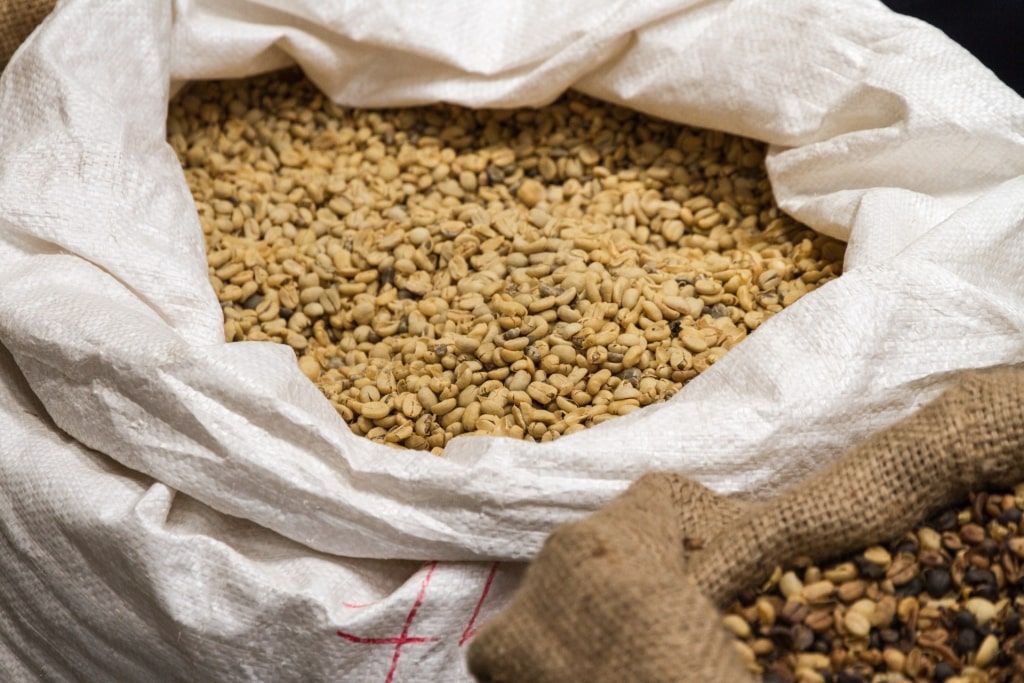
Coffee beans
Costa Ricans love their coffee so much that a 1989 law required local farmers to plant only high-quality Arabica beans.
Costa Rica is known for its coffee, grown in eight mountainous regions. The beans thrive on slopes where temperatures are moderate, rainfall heavy, and the fertile soil is rich with volcanic nutrients.
In Alajuela in the Central Valley, Doka Estate has been producing coffee on the slopes of Poas Volcano since 1940. On the guided tour, learn how plants are germinated and cultivated, see the grounds and production area, and sample several coffees.
There’s coffee to purchase at the gift shop and La Cajuela, the onsite restaurant, serves breakfast and lunch.
You can tour coffee plantations in Monteverde, too. If you like what you taste, buy Costa Rican coffee in supermarkets and gift shops to take home.
Poas Volcano
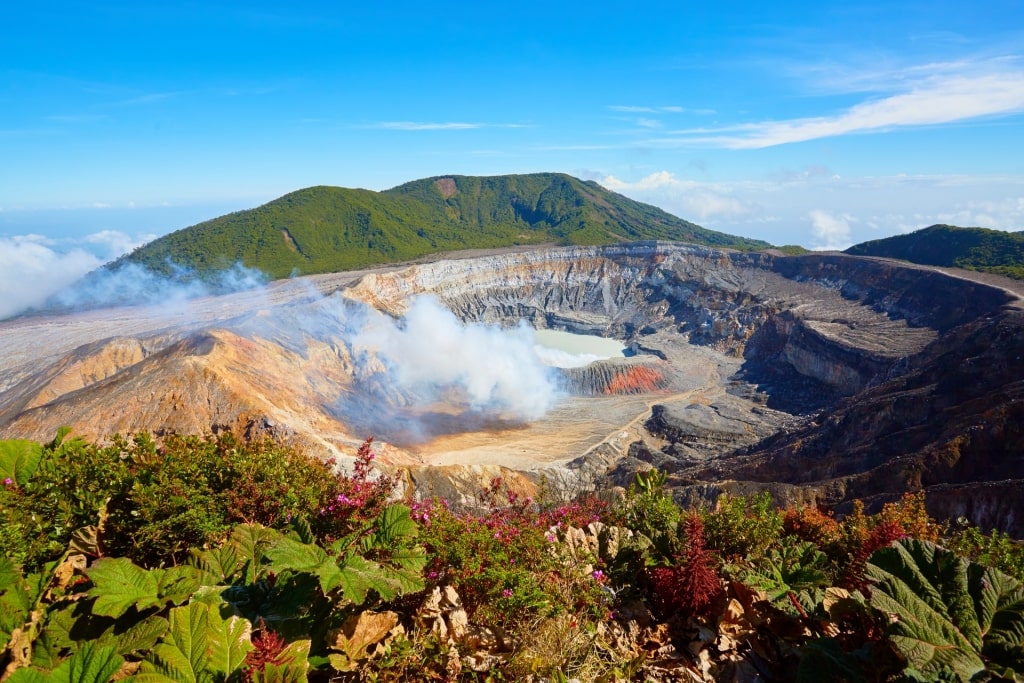
Poas Volcano
Costa Rica is dotted with volcanoes. Of the nation’s 67 volcanoes, 61 are dormant or extinct, while six hiss, bubble, and steam, including Poas and Irazu. Both can be reached within a one to two-hour drive from San Jose.
Poas, 30 miles from San Jose, is one of the most active. You can drive to within a 15-minute walk of a viewing platform that overlooks Laguna Caliente, the mile-wide crater filled with acidic water, 1,000 feet below. It’s a dramatic sight.
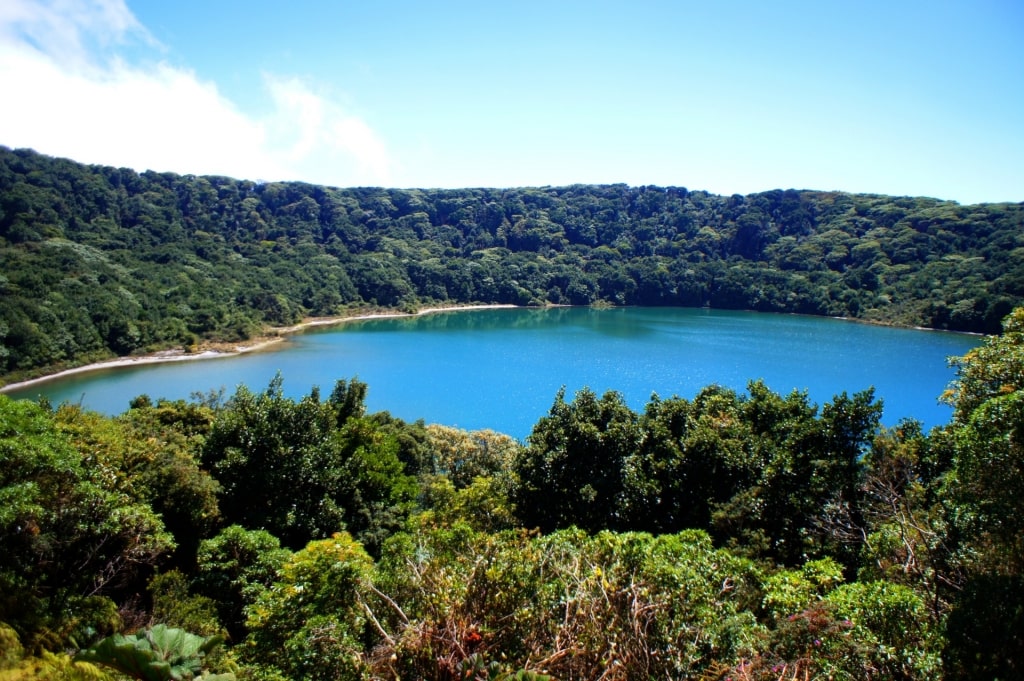
Botos Lagoon
The lake changes from emerald green to grayish-white when the acid levels fluctuate, and sometimes geysers spray sulfurous water into the air. To walk to the second crater lake, follow the Botos Lagoon trail for about one mile.
Sloths

Sloth
Costa Rica is known for its endearing sloths, one of the country’s most fascinating animals. Two- and three-toed sloths inhabit the nation’s rainforests, living in the tree canopy.
With arms twice as long as their legs, sloths can reach leaves to eat without even moving from tree to tree. They sleep, curled into a ball, for 15 to 18 hours a day and move as if in slow motion when awake.
It’s hard to spot sloths in the wild, but at the Sloth Sanctuary in Limon Province near Cahuita, you see them up close in enclosures. The sanctuary rescues sloths from inhospitable environments and rehabilitates and releases them when possible.
If you’ve fallen in love with these harmless, furry creatures, then consider a symbolic adoption. Your fee helps the organization, and you receive an adoption certificate and a plush sloth toy.
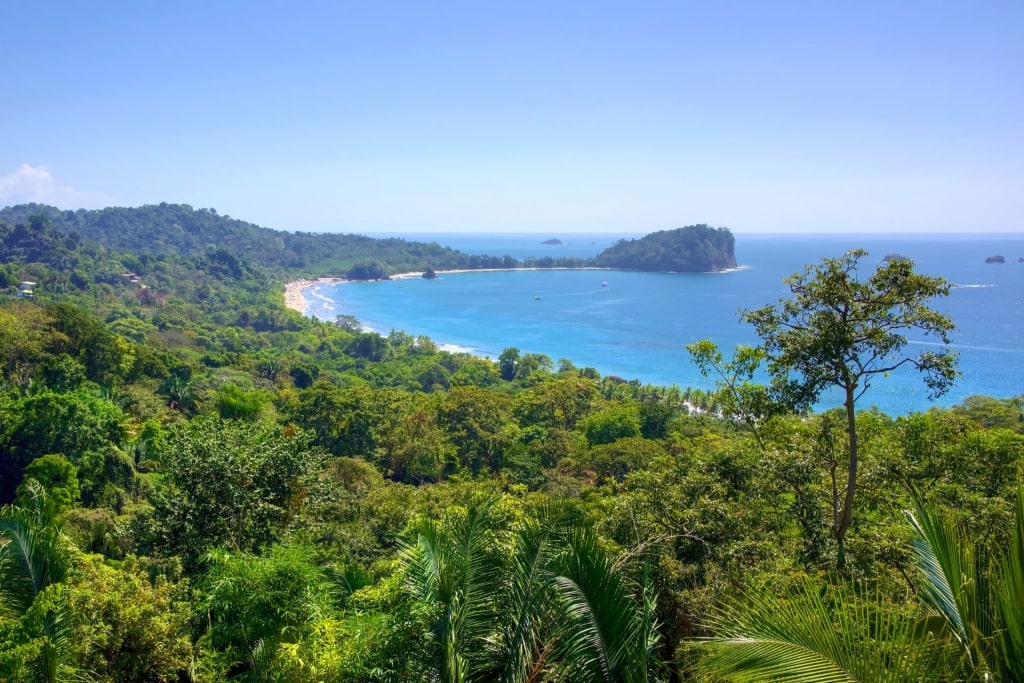
Manuel Antonio National Park
Among the places you may be able to catch sight of sloths in the wild are Manuel Antonio National Park, Tortuguero National Park, and on a boat ride of the Tortuguero Canals.
Cahuita National Park

Cahuita National Park
In Costa Rica, you can enjoy protected rainforest and time on the beach in a single outing. Cahuita National Park in Cahuita rewards you with everything in one place: reefs, beaches, and a rainforest.
Snorkelers float above dazzling elkhorn, brain, and other corals, spotting lobsters, rainbow-colored fish, manta rays, and eels. After sunning on the white-sand beach lined with palm trees, allow time to hike inland.

Cahuita National Park
Along the lush trails, look in the tree branches for sloths, toucans, howler and capuchin monkeys. At the mouth of the river, you’re likely to see caimans.
Tortuguero Canals
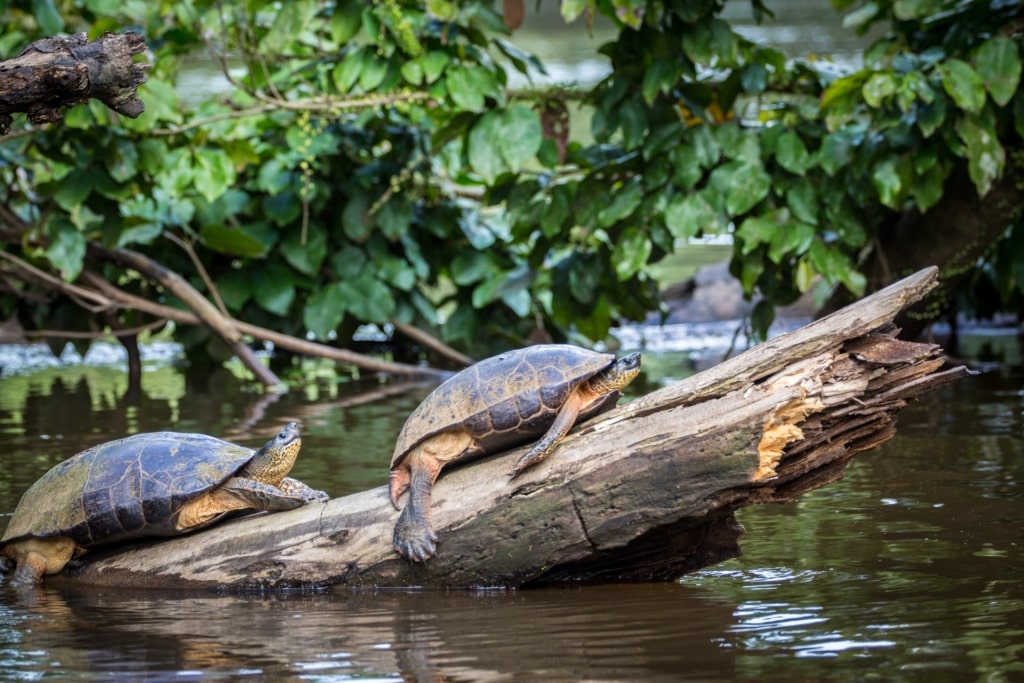
Tortuguero Canals
Some of Costa Rica’s best wildlife viewing is in Tortuguero National Park and along the Tortuguero Canals, known as one of the best places to visit in Central America.
The region takes its name from the Spanish word “tortugas”, or turtles. In season, leatherbacks, hawksbill, and green sea turtles come ashore to lay eggs along the beaches.
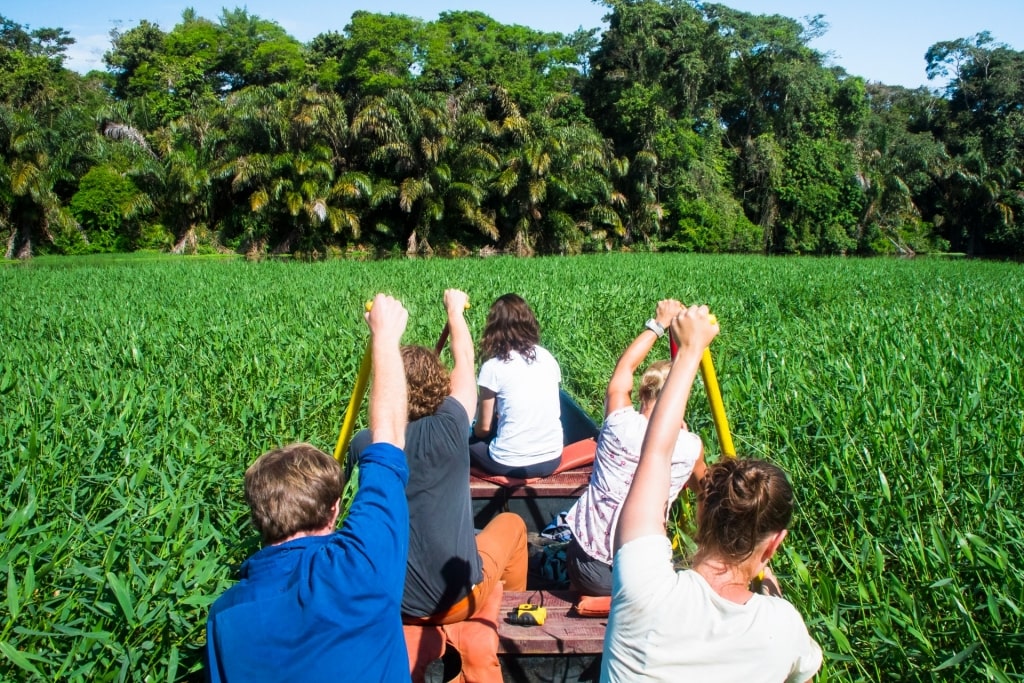
Turtles in Tortuguero Canals
On the slow, peaceful boat trip through the maze of inland canals, some natural and some man-made, you can spot parrots, keel-billed toucans, slaty-tailed trogons, howler monkeys, iguanas, river otters, caiman, and if you have keen eyesight, sloths, high in the trees.
River Rafting

River rafting in Costa Rica
Rafting is a popular activity in Costa Rica. A day outing on the Reventazon River, accessible from Puerto Limon, gives you gorgeous rainforest scenery plus the thrill of paddling through whitewater.
Led by guides, you maneuver class I and II rapids and maybe a rushing, foaming class III on the Florida or Carmen sections.
In between the adrenaline rushes, there’s time to savor the lush green trees, look for parakeets, toucans, and howler monkeys.
Read: Best Places to Go White Water Rafting
The Veragua Rainforest
At the 3,400-acre Veragua Rainforest Research & Adventure Park, listen to the soothing splash of a waterfall and the whooping cries of zipliners gliding through the treetops. Veragua enables you to experience the rainforest in several ways.
Along with the thrill of ziplining, you can walk trails cut through the thick foliage, and ride the Sky Gondola, a cable car that lifts you into the lush canopy. Discover the rainforest’s inhabitants up close by admiring reptiles in the Terrarium exhibit.
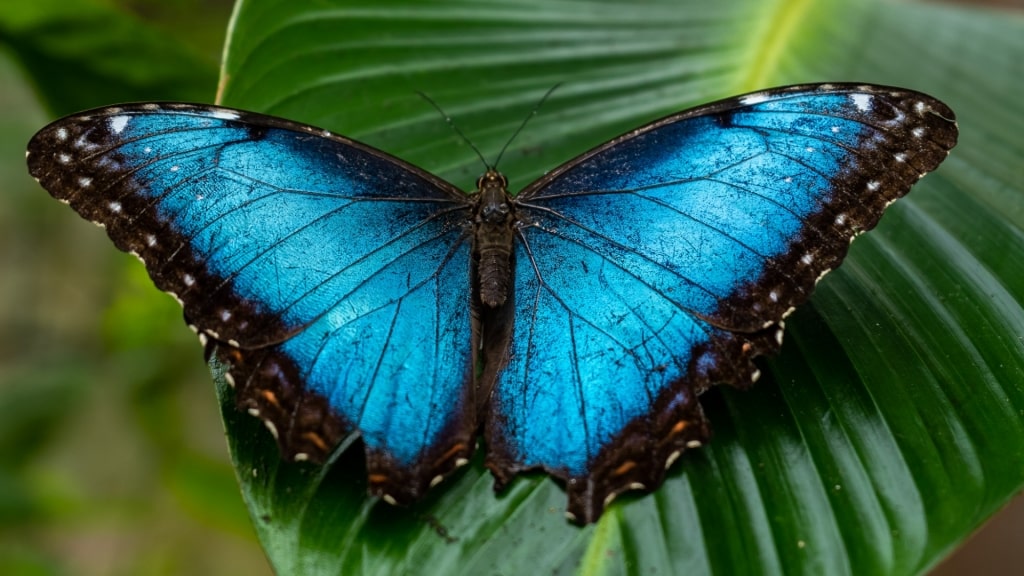
Butterfly
You’ll also see brightly colored frogs that normally only emerge at night in a dimmed gallery, and enjoy the spectacle of hundreds of butterflies flitting about in a butterfly garden.
Irazu Volcano

Irazu Volcano
Irazu, Costa Rica’s tallest volcano, rises 11,260 feet and is situated in Irazu Volcano National Park in Cartago Province, about one-and-a-half hour’s drive east of San Jose.
Like Poas, Irazu is easily accessed. Instead of hiking, you can drive to the Visitor Center and walk a short path to view the main crater, an impressive 3,444 feet wide.
It’s worth walking the half-mile path beyond the main crater to view the other, smaller craters. Because of the high elevation, it’s cold at Irazu so be sure to wear a warm jacket.
Crocodiles

Crocodile
Stars (or villains) of jungle adventure films, crocodiles, with their fearsome toothy grins, inspire respect and fear. The Tarcoles River, which empties into the Gulf of Nicoya, gains fame as among the most croc-infested rivers in the world.
Although you can see crocodiles basking on the river banks as you cross the Tarcoles River Bridge, from a boat, the view is better. Guides will point out scores of the prehistoric reptiles, plus herons, kingfishers, whistling ducks, jacanas, and other birds.
Chocolate

Chocolate
The use of chocolate in Central America dates back centuries. As Aztecs from Mexico, and Maya and Incas from Peru migrated to the region now known as Costa Rica, they brought with them cacao beans and the skills to produce chocolate.
The indigenous peoples used cacao beans like money, trading them for goods, and using the chocolate in ceremonies and for medicinal purposes.
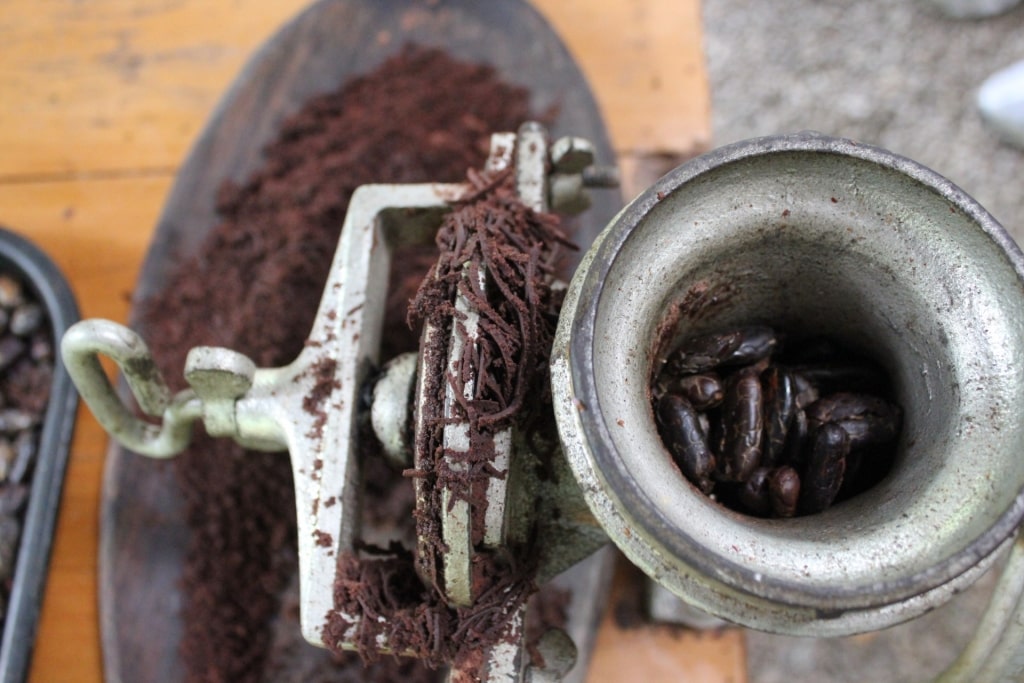
Chocolate
The Bribri tribe members still grow cacao on their Indigenous land, where they offer tours. You can learn about the history of cacao and how the bitter bean is transformed into sweet chocolate.
Gorgeous Beaches
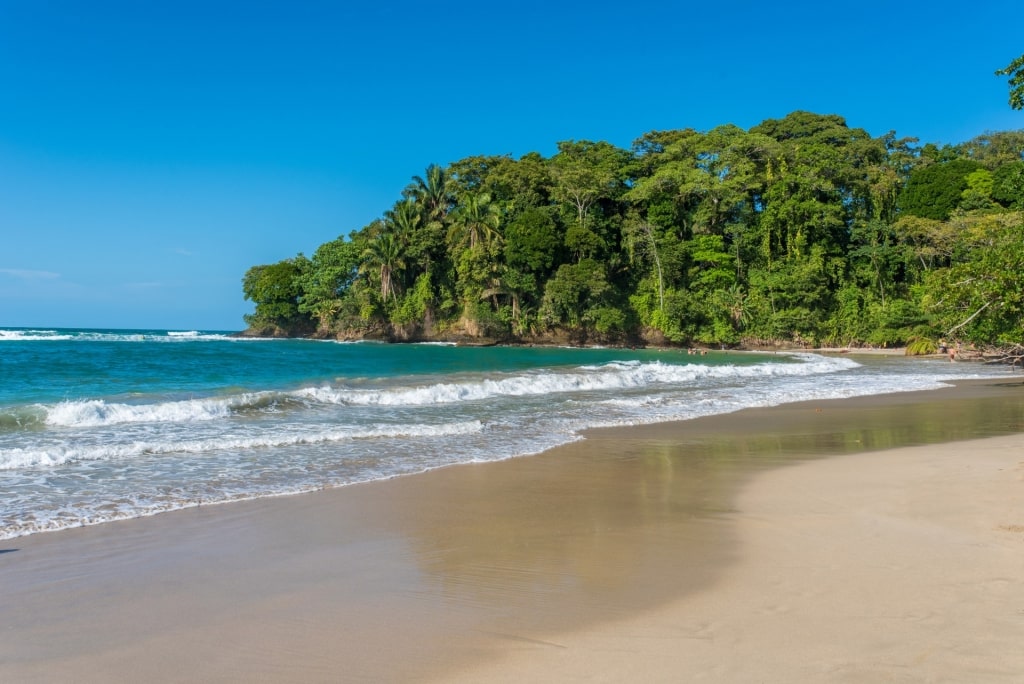
Playa Punta Uva
Long, sandy beaches are one of Costa Rica’s prime draws. Playa Punta Uva, lined with palm and almond trees and tropical vegetation, rates among the prettiest beaches on Costa Rica’s Caribbean coast. This beach is divided into two, separated by a small peninsula with a trail.
When walking the path between the beaches, look for the resident sloths. Nearby vendors rent kayaks and paddleboards. For lunch, try the typical Costa Rican dishes from eateries in town.

Manuel Antonio National Park
Manuel Antonio National Park on the Pacific Coast has sparkling white sand beaches backed by dense rainforest. Enjoy a guided hike, looking out for tiny, jewel-like frogs, sloths in the trees, and cheeky-faced capuchin monkeys.
If you head into the warm water for a swim and leave a picnic in your beach bag, don’t be surprised if you’re joined by curious racoons.
Fragrant Orchids
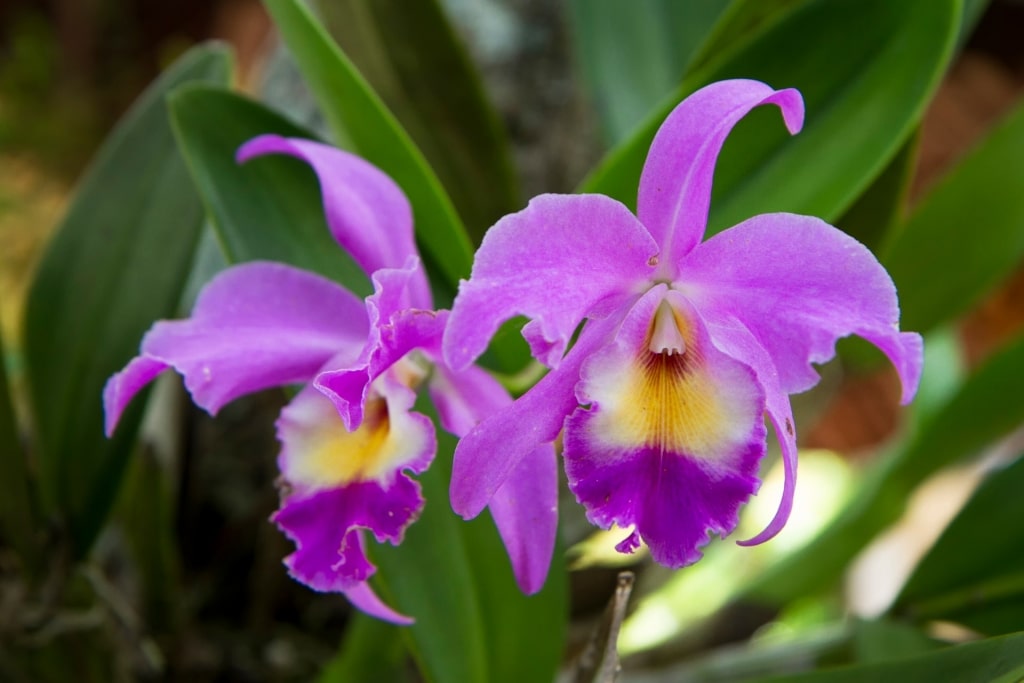
Orchids
Costa Rica’s rainforests bloom with 1,300 species of the fragrant flower. La Guaria Morada, a delicate purple orchid, blossoms between January and April, and is said to bring good luck. It reigns as the national flower.
Situated in a tropical dry forest in La Garita, Alajuela, the Botanical Orchid Garden enchants with many different species of orchids in the gardens.
You can also explore nurseries where hybrid orchids are produced, and species cultivated. As you walk trails through the flower-bedecked gardens, you might also see toucans and hummingbirds.
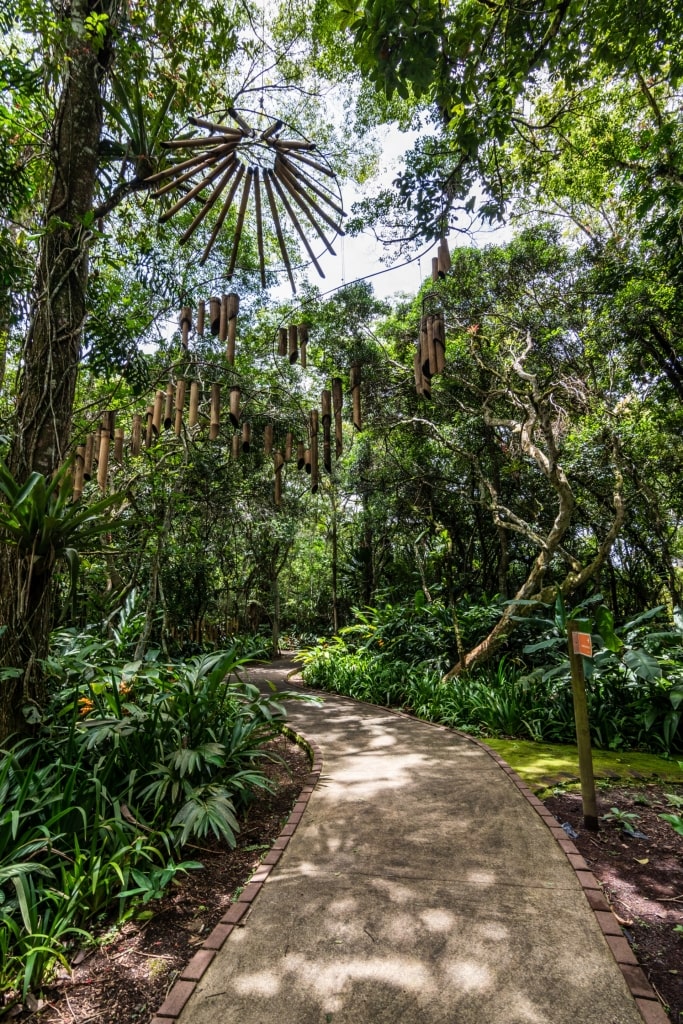
Lankester Botanical Gardens
Additional orchid gardens include Monteverde Orchid Garden and Lankester Botanical Gardens, in Cartago, near Irazu Volcano.
Hearty Food
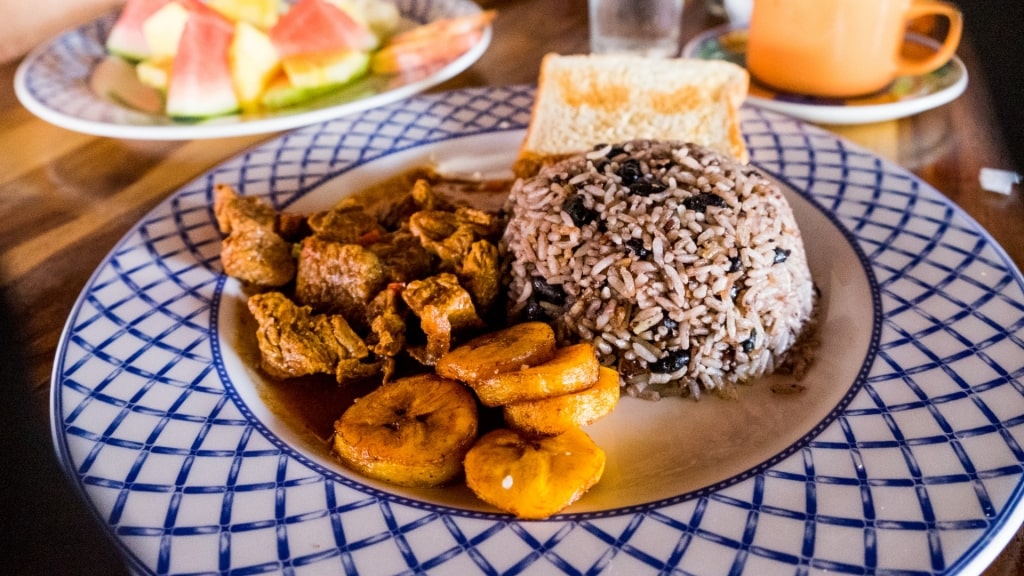
Gallo pinto
Be sure to try some tasty traditional Costa Rican food during your visit. A popular breakfast item, gallo pinto, Costa Rica’s national dish, translates to “spotted rooster.”
Cooks season the rice and beans (either black or red) with garlic, onions, peppers, and a heavy dose of cilantro. Families serve the dish at breakfast with eggs and as a side dish at other times.
For a filling soup, try sopa negro, a black bean soup cooked with onions, peppers, and garlic and topped with chopped hard-boiled eggs and avocado slices.
Seafood lovers should order fried whole snapper, langoustine, freshwater prawns, grilled corvina, and other fresh fish.

Tres leches
For dessert, try tres leches, a sponge cake made with evaporated milk, heavy cream, and sweetened condensed milk, popular across Central America.
Another popular milk-based dessert is arroz con leche, a rice pudding cooked with cream and condensed milk and flavored with cinnamon and cloves.
Firewater
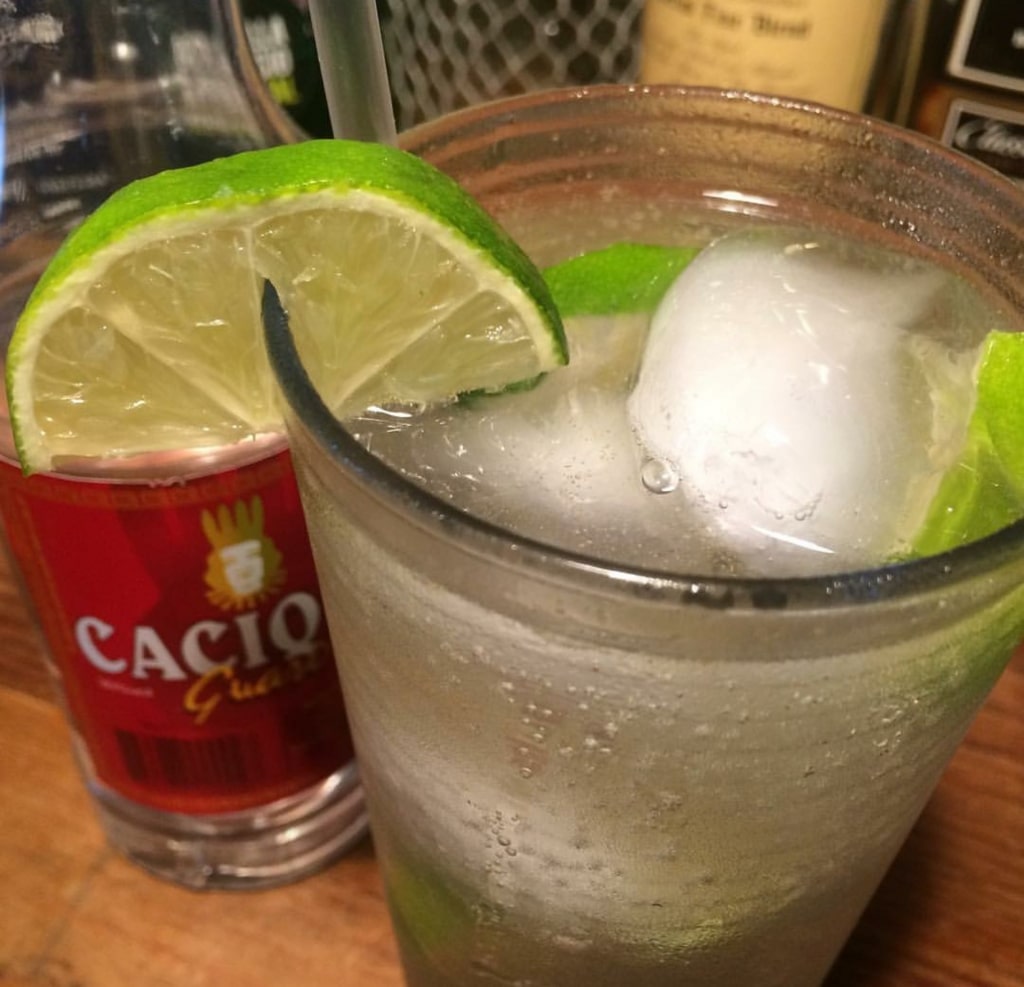
Cacique Guaro Photo by Aleat88 on Wikimedia Commons, licensed under CC BY-SA 4.0
One of the most popular alcoholic drinks in Costa Rica is Cacique Guaro, a potent, sugar cane liquor usually served with fruit juice or soda.
Cacique Guaro is the legal version of the firewater once cooked up in home stills, known as moonshine, “chica”, or “aguardiente”, translating as “water that burns”.
To stop this illegal production, the government approved a legal version, Cacique Guaro, sold in both 60-proof and 70-proof varieties.

Batido
If alcohol and tropical heat don’t mix for you, cool off with a non-alcoholic batido, the Costa Rican version of a smoothie, blended with ice and tropical fruits including pineapples, papayas, mangos, or strawberries.
Read: Costa Rica Travel Tips
Surfing

Surfing in Costa Rica
With two coasts and beaches that offer year-round swells, Costa Rica is known for being a surfer’s paradise. The Pacific coast is friendly for surfing of all levels. Beginners will find plenty of surf school options among the gentle waves of Tamarindo, while Nosara’s sandy stretches attract both surfers and yoga enthusiasts. The best time of year for surfing here is from April or May to October.
Puntarenas
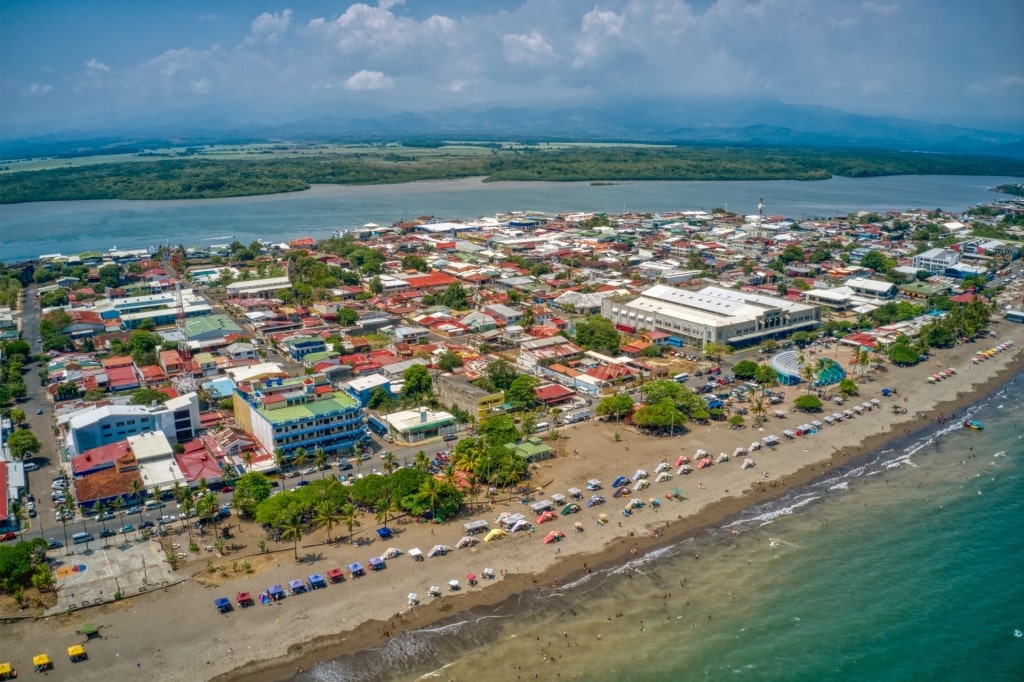
Puntarenas
The city of Puntarenas is the gateway to many splendid islands, inlets, beaches, and national reserves in the region. The town stretches along a sandbar on the Pacific coast, and you can amble along the Paseo de Los Turistas, or Visitors’ Walk, and stop by one of the many seaside open-air restaurants for a casual bite before visiting the lighthouse.
Most visitors will then head to the ferry terminal at the tip of Puntarenas for an excursion. Ferries regularly depart for Paquera, a tranquil town near legendary beaches such as Montezuma, Santa Teresa, and Malpais. The ferry ride is a little over 90 minutes, making for a perfect daytime outing while spending some time in Puntarenas.
Isla Tortuga

Isla Tortuga
If you ask locals, “What is Costa Rica known for?” many might tell you one of the most beautiful day trip destinations is Isla Tortuga, an island accessible only by boat, and with only the most basic overnight accommodations.
There are no constructions or large buildings on Isla Tortuga, meaning the pristine Central American beaches and jungle vegetation are essentially perfectly preserved. Beach shacks provide shade, and a few casual dining and bar options will offer quick bites, but otherwise, the island is made for hiking, exploring, kayaking, and snorkeling.
Isla Tortuga is about an hour and a half by boat from Puntarenas, an easy day trip by boat, sailing by natural arches and grottoes along the coast of the Nicoya Peninsula, with diving and snorkeling options.
Manuel Antonio National Park

Manuel Antonio National Park
There’s a good reason why Manuel Antonio National Park is the most visited park in Costa Rica, despite being its smallest. The flora and fauna here are what make the country world-famous as an ecotourism destination. Here you’ll spot delightful sloths, monkeys, iguanas, coatis, and the threatened species of red-backed squirrel monkeys, which can only be found in this part of the world.
Bird-watchers will delight in seeing pelicans, toucans, aracaris, and manakins, though the latter is a rare sighting and might require an experienced guide. Nature lovers can amble along the park’s well-maintained hiking and walking trails to admire the incredible biodiversity of the rainforest and the wild shorelines.
Else Kientzler Botanical Gardens

Orchids
These 17 acres of gardens are a testament to Costa Rica’s dedication to environmentalism. They contain over 2,000 species of flowers and plants cultivated along landscaped and wheelchair-accessible trails. The scrupulously maintained grounds dazzle with their orchids, hibiscus, cacti, heliconia, and other tropical flora.
For plant enthusiasts eager to be precise with nomenclature, each species is marked and labeled, and guided tours are available in English, German, and Spanish. The gardens also offer yoga classes, picnic tables and lakeside hammocks, periodic arts and crafts markets, and live music performances on select Sundays. An easy trip from the town of Sarchí, these botanical gardens are perfect for a relaxing getaway that packs in Costa Rica’s legendary biodiversity.
Palo Verde National Park
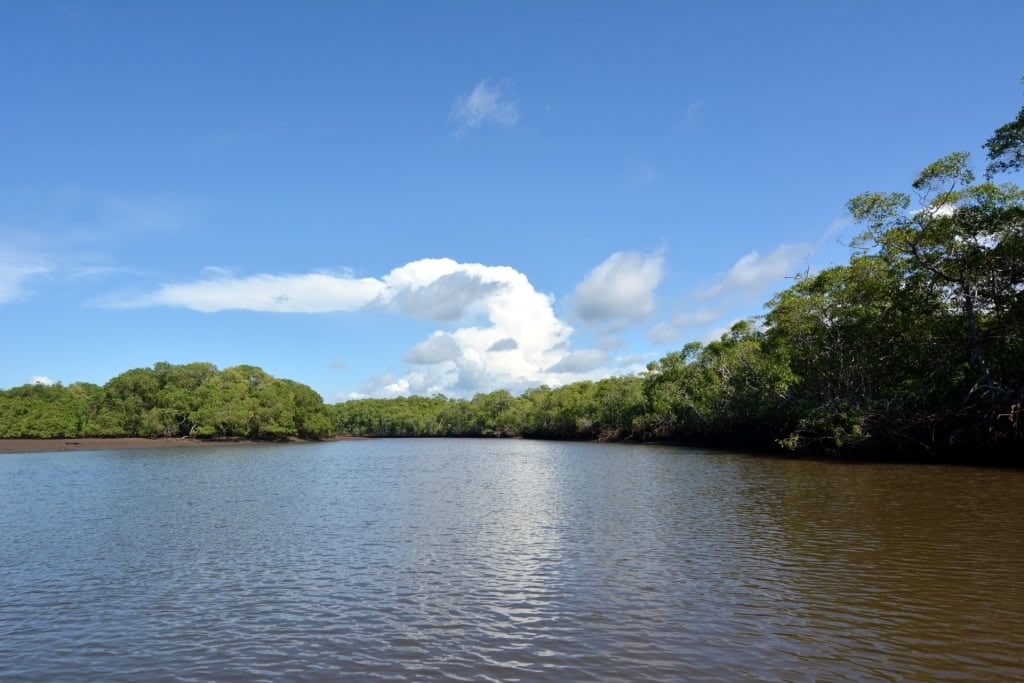
Palo Verde National Park
Located in Guanacaste province, the Palo Verde National Park is a beacon for bird watchers, who will find an incredible wealth of species of migratory and non-migratory birds in the park’s ample wetlands. Rare and endangered species such as the scarlet macaw, the jabiru, and the great curassow pass through the park, leading to its recognition as a Wetland of Importance by the Global Convention of Wetlands.
Besides its fauna, Palo Verde National Park is also remarkable for the range of habitats including three types of forests, wetlands, grasslands, and mangroves. Trails are available for visitors of all abilities, from short, accessible paved loop trails to demanding hikes with panoramic views.
Sarchí
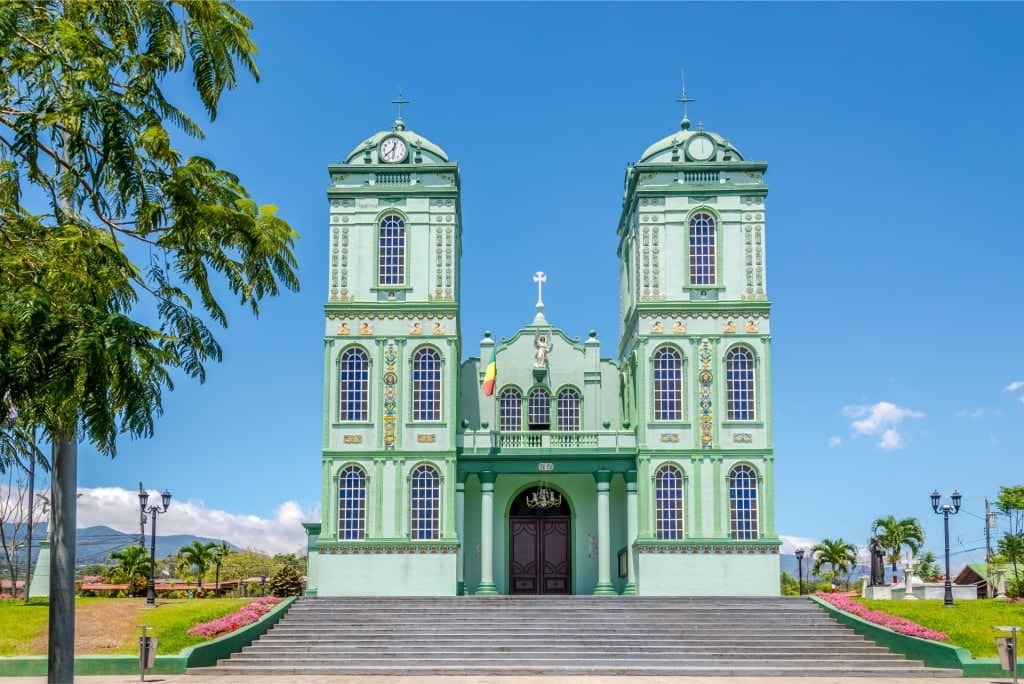
Sarchí
Sarchí is a charming small town nestled in the hills of Alajuela province, and also the home of artisans and craftsmen who make many of the art objects bought as souvenirs throughout Costa Rica.
Since the 1800s, Sarchí has been known as the manufacturing center of beautiful wooden furniture items, ornamental objects, and the famous Costa Rican oxcart. The oxcart was the country’s most important mode of transporting coffee for export through difficult terrain to port cities, and is recognizable from its intricate and colorful decorative paintings.

Oxcart
In Sarchí Norte, you can visit the Central Market, artisan cooperatives, and traditional oxcart factories. In the town center, you’ll even find a giant oxcart that holds the Guinness World Record for being the largest item of its kind, allowing a close-up view of the craftsmanship that goes into the building of these carts. Sarchí’s many stores and workshops are mostly family-run businesses that have survived generations; it’s a great place to buy souvenirs while supporting artisans straight from the source.
Orotina
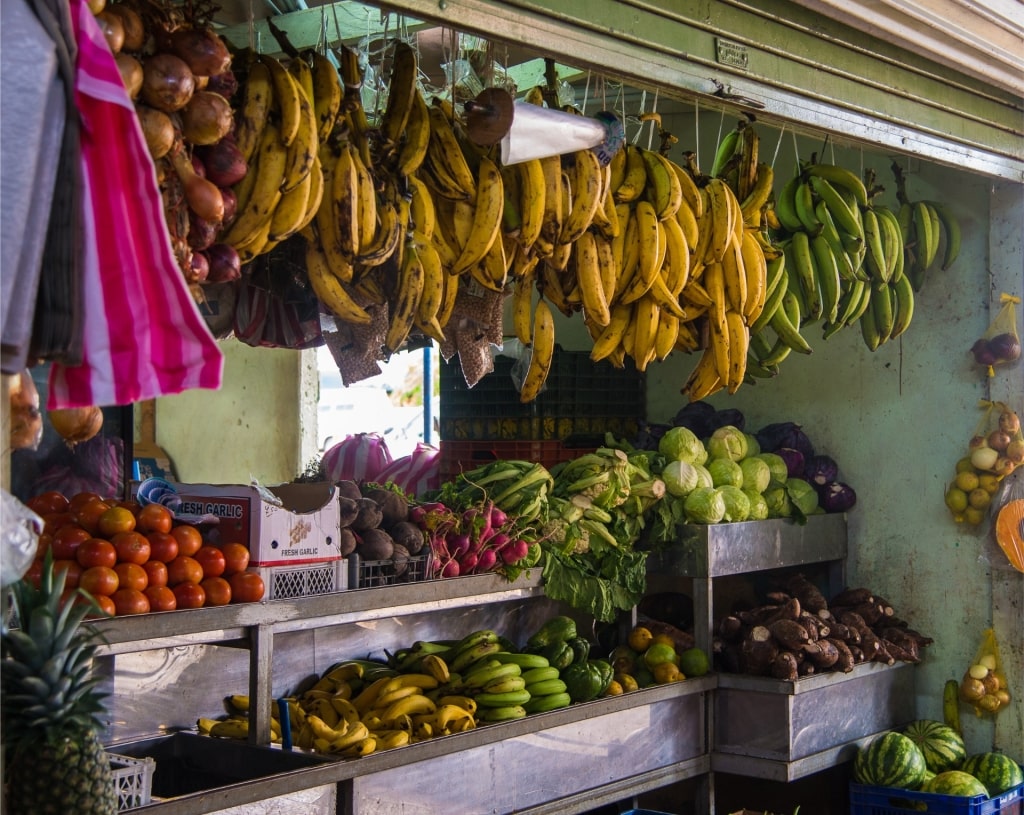
Orotina
Also known as the “city of fruit” in Costa Rica, this Alajuela province destination is both an agricultural haven and the convenient central hub for many excursions and getaways in the Central Valley. Located at the foot of Monte del Aguacate, Orotina enjoys ideal weather year-round for a variety of fruits, including guava, mango, soursop, avocados, starfruit, tamarind, and many more.
The town is also a short drive away from Playa Jaco and Playa Hermosa, both known for their great waves and surf schools.
Picaritas
You may know that ceviche is delicious in Costa Rica—with two coastlines and a thriving fishing tradition, quality fresh fish is easy to come by—but did you know that for a true local street-snack style ceviche, you should ask for a “picarita”? The ceviche will be directly ladled into a small bag of crunchy, fiery chips; think Doritos, or the kind of chip snack you get along with a lobster roll, resulting in a delightful concoction of tart, herby ceviche with the crunch and umami of chips.
Hot Springs
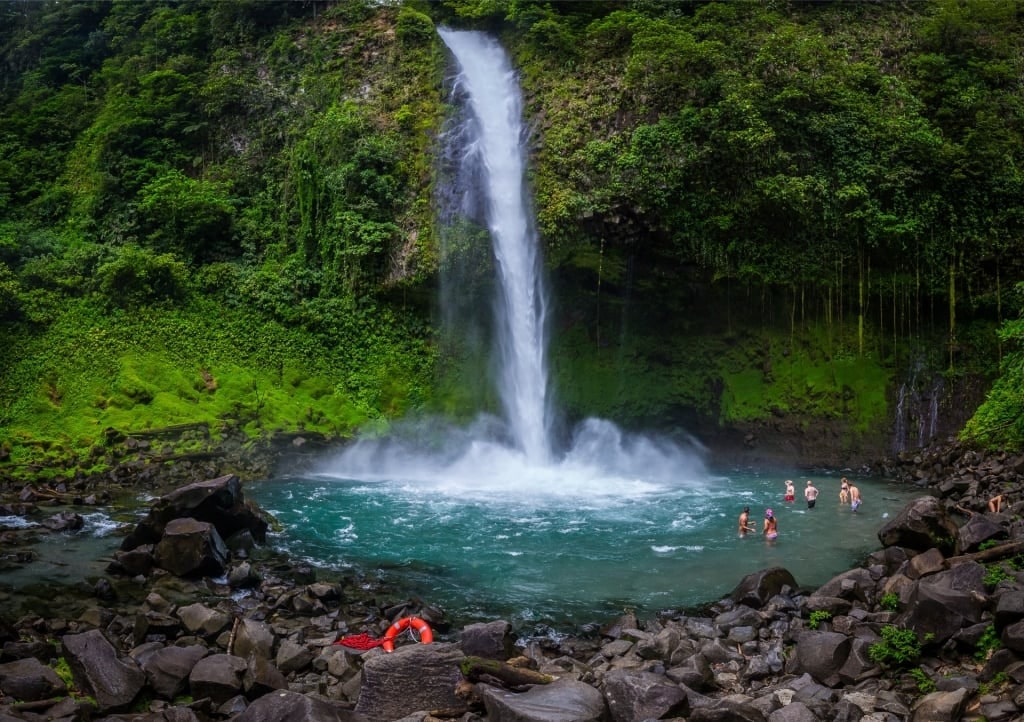
La Fortuna
Volcanic activity in Costa Rica means that the country has an array of thermal springs with healing minerals and rejuvenating properties. La Fortuna is an especially prized area known for its hot springs, and is best known for Tabacon hot springs, which feature waterfalls, natural rivers, and well-maintained rainforest gardens.
Much like the Blue Lagoon in Iceland, though, Tabacon hot springs can get quite crowded during the tourism high season. Make sure to book a day pass well in advance, or explore the many other smaller hot springs and resorts offering day passes in the area.
Read: Puerto Rico vs. Costa Rica: Which Should You Visit?
Pura Vida lifestyle

You might have seen the phrase “pura vida” on bracelets, souvenirs, or beautiful brochures of Costa Rica. Meaning “pure life,” this is not only a descriptive tagline of the country’s ethos, but also a phrase ingrained in the day-to-day life of locals. You’ll hear Ticos say hello, goodbye, or wish each other well by uttering “pura vida.”
The phrase’s origin traces back to the 1950s Mexican film Pura Vida, in which a down-on-his-luck character repeats the phrase as a symbol of his optimistic outlook on life despite hardships. “Pura Vida” spread through Costa Rican society as a tagline and was embraced by its youth, especially in the 1970s, when the country enjoyed relative prosperity and political stability compared to its neighbors.
Today, it is emblematic of a culture that centers on a positive outlook, happiness, and health, and is renowned for its hospitality and commitment to environmentalism.
FAQs
What is special about Costa Rica?
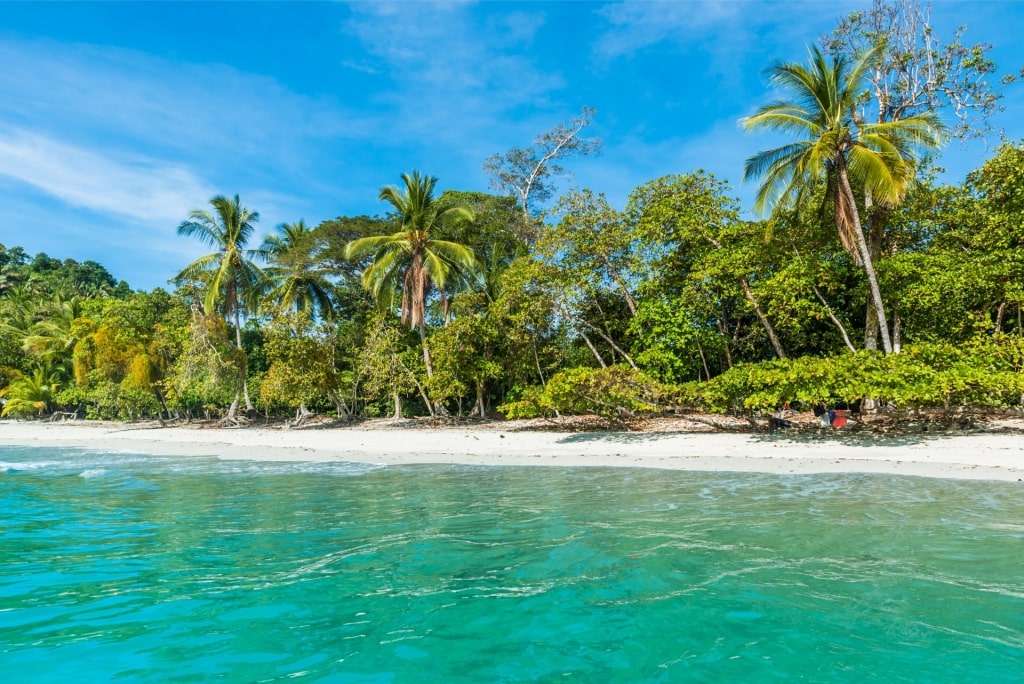
Manuel Antonio National Park
Costa Rica is a Central American country well-known for its picturesque coastlines and surfing opportunities, its lush rainforests and wildlife, and its leadership in the realm of ecotourism. Everyone can find something they love in Costa Rica. It could be a beach vacation, a yoga retreat, a rainforest adventure, a bird-watching haven, a coral reef dive, good coffee, thriving art, or simply an abundance of tropical fruit and a lifestyle that emphasizes health and connection to nature.
What natural attractions make Costa Rica special?
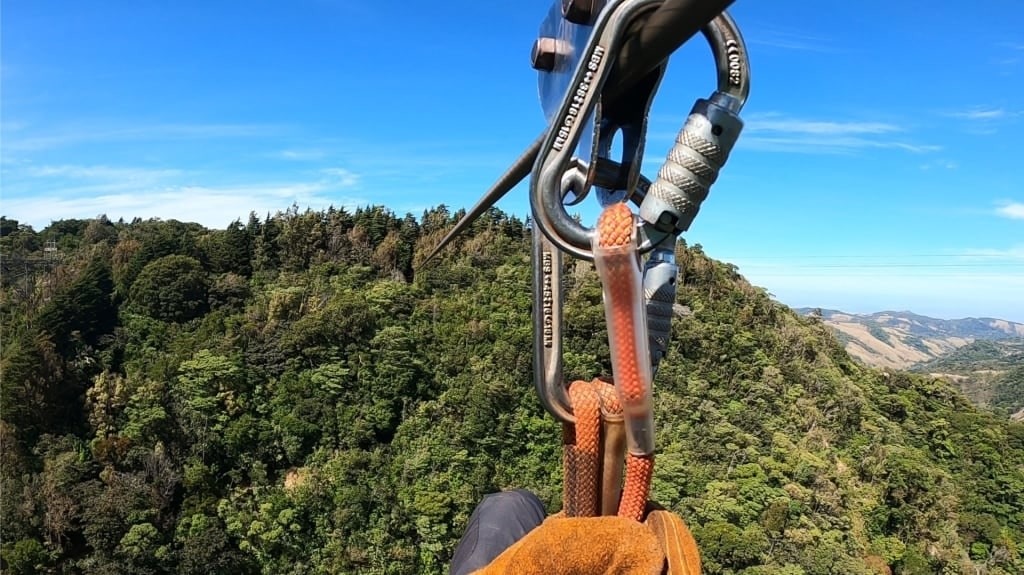
Monteverde Cloud Forest Reserve
What is Costa Rica known for the most? Its nature. Although a small country, Costa Rica packs in about 6% of the world’s biodiversity and is home to an incredible range of ecosystems, flora, and fauna. It sits on the Pacific Ring of Fire, meaning active volcanoes supply the country with fertile highlands and a bounty of natural hot springs.
The Monteverde Cloud Forest Reserve is a mist-laced rainforest where visitors can admire rare orchids or zipline over the canopy. The Caribbean coast to the east and the Pacific coast to the west of the country also offer opportunities to visit pristine marine preserves, where those lucky enough may observe sea turtles nesting or babies hatching from their eggs.
What cultural traditions is Costa Rica known for?

Costa Rican coffee
In Costa Rica, coffee is brewed in a traditional cloth filter suspended by a colorfully painted wooden apparatus to make a strong café chorreado to start your day.
Costa Rica is also known for music and dance. At night, you might attend a live music performance of marimba, a wooden percussion instrument, and punto guanacasteco, a folk dance performed in traditional attire and wide-brimmed hats.
What wildlife is Costa Rica known for?
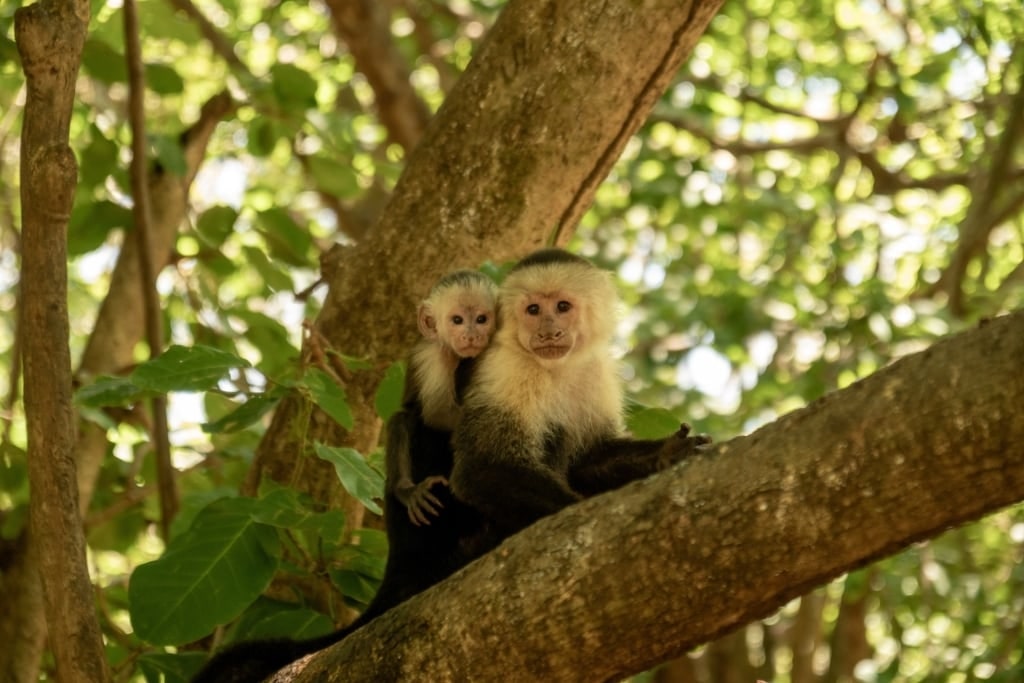
Capuchin monkeys
Sloths are a national symbol of Costa Rica. These adorable, slow-moving animals can be found hanging from branches in many of the country’s national parks, notably Manuel Antonio. Capuchin monkeys and howler monkeys are lively, highly intelligent, and not shy about approaching visitors. Bird enthusiasts can spot scarlet macaws and quetzals, a rare green bird revered in Mesoamerican tradition. Those interested in reptiles and amphibians will spot rare frogs such as the red-eyed tree frog, as well as sea turtles and crocodiles.
What foods is Costa Rica known for?

Gallo pinto
Costa Rica is best known for gallo pinto, the national dish of rice, beans, sautéed vegetables, and a meat or egg topped with hot sauce. A typical lunch offering is casado, a dish similar to gallo pinto but topped with fried plantains, salad, and a choice of meat or fish.
An even more indulgent variant of this dish is the chifrijo, rice and beans with chicharrón—crunchy pork belly—tortilla chips, and pico de gallo for some zest and brightness. And, of course, don’t miss out on the ceviche, especially the ceviche tico made Tico-style with lime juice, onion, cilantro, and sweet peppers.
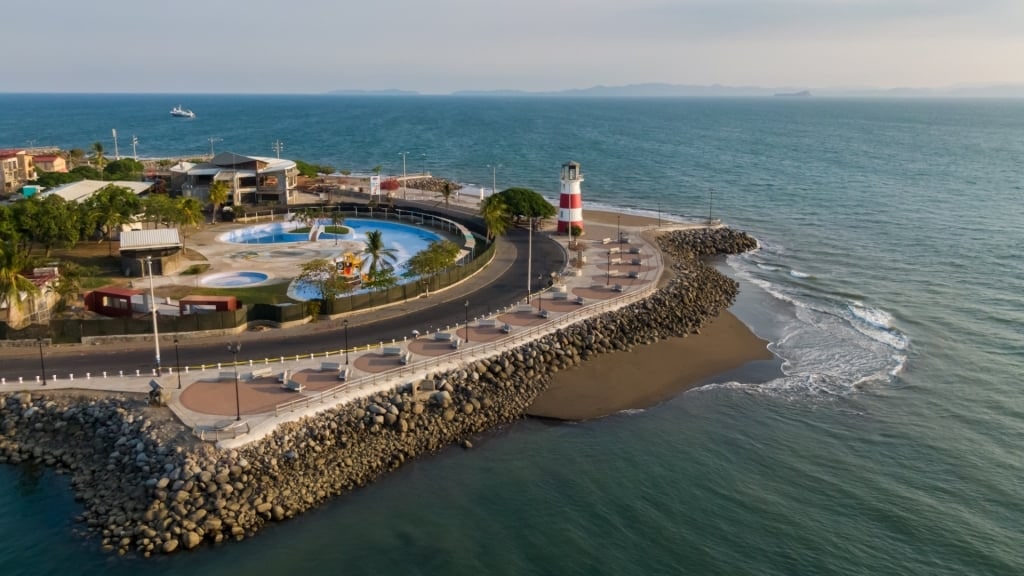
Puntarenas
Inspired to explore Costa Rica? Browse Celebrity’s cruises to Costa Rica and plan your tropical adventure.
